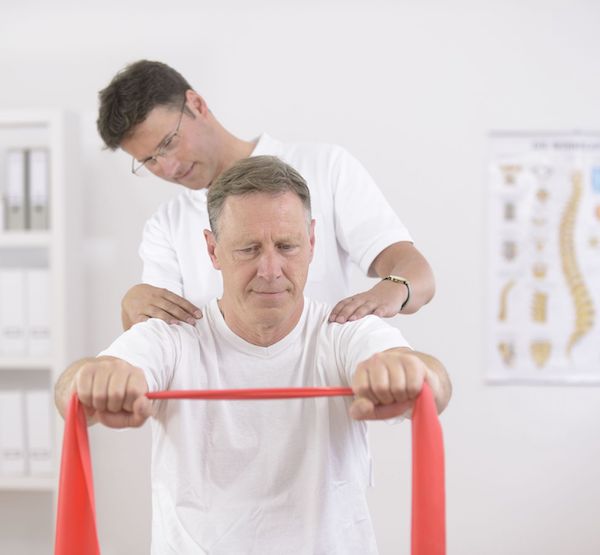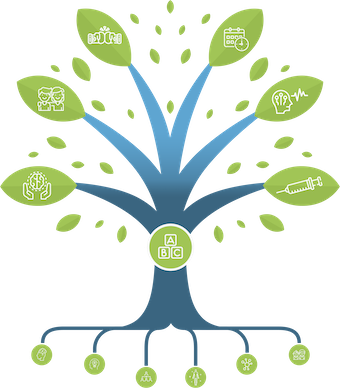Migraine & Posture
So we have all likely been told at one time or another to stand up straight. Proper posture is an important part of overall health and wellness. For those who experience a headache disorder, including migraine and/or tension-type headache, postural awareness and correction is an important consideration in management.
Poor postural habits can result in muscle weakness, muscle imbalances, overstretching of other important soft tissues ,i.e., ligaments and muscle tension. For those with headache disorders, such tension and weakness can trigger a headache or aggravate an existing headache.
In order to start to improve your postural habits, you need to be aware of your posture throughout your day, and learn postural correction activities.
Migraine & Posture Hint’s and Tip’s
What does proper posture look like?
the 3 natural curves of the spine are maintained ,see illustration regardless of body position i.e., standing, sitting, lying
- the chin is in line with the breastbone-not too far forward
- the shoulder blades are relaxed against the back ,i.e., not tipping out like wings
- the shoulders are relaxed and not rounded forward
- the pelvis is in a neutral position-not tipped forward or backwards
PROPER POSTURE SHOULD LOOK RELAXED, IF IT DOES NOT, YOU ARE TRYING TOO HARD, AND PERHAPS YOU NEED TO MAKE SMALLER ADJUSTMENTS
You can briefly assess your own posture by standing at a mirror looking at your profile or have someone else compare the alignment of your spine with the diagram above. You can also stand with your back toward a wall surface-try to get as close as you can to the wall. If your shoulders are rounded forward, the inner edges of your shoulder blades may hit the wall first.
For a comprehensive review of your posture and individual concerns, it is suggested that you consult with a physician or health professional.
To maintain postures and positions of the body, muscle strength is required. Skeletal muscles are essential structures that allow for movement and support posture. Many of the muscles that provide postural stability are the same muscles that carry tension as a result of increased stress, fatigue, and result in discomfort for the headache sufferer.
A good example is the trapezius muscle, as it often a problem with poor postural habits and a concern for those with headache problems. This is a large diamond-shaped muscle that originates at the base of the skull and extends along both side of the neck, across the tops of the shoulders and down to the mid-back.
This muscle can carry a lot of tension, and is a good muscle to target with regular static stretching exercises.
Static Stretching Technique
The following are some important tips to help you avoid unwanted discomfort or injury as a result of improper stretching
stretch only to the point of gentle pull—NEVER to the point of pain
- stretches should be held for 15-30 seconds
- do not bounce or move about while stretching
- make sure you continue to breathe
- repeat each stretch 2-3 times (on each side if applicable)
- stretch throughout your day, especially if you start to feel tension
- do not stretch if you are cold
Categories
THE MIGRAINE TREE
- BRANCHES
- ACUTE TREATMENTS
- DEVICES AND NEUROMULATIOIN
- PREVENTIVE TREATMENTS
- PROCEDURES AND INJECTIONS
- SELF-CARE AND LIFESTYLE
- SOCIAL LIFE
- TRUNK
- ROOTS
OTHER CATEGORIES




